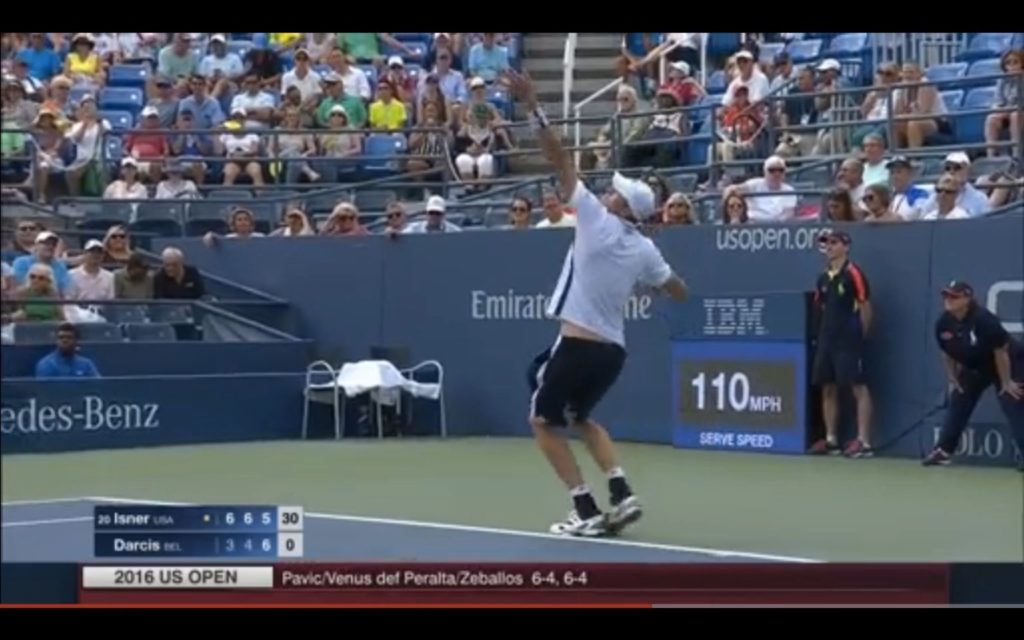[fusion_builder_container hundred_percent=”no” hundred_percent_height=”no” hundred_percent_height_scroll=”no” hundred_percent_height_center_content=”yes” equal_height_columns=”no” menu_anchor=”” hide_on_mobile=”small-visibility,medium-visibility,large-visibility” status=”published” publish_date=”” class=”” id=”” link_color=”” link_hover_color=”” border_size=”” border_color=”” border_style=”solid” margin_top=”” margin_bottom=”” padding_top=”” padding_right=”” padding_bottom=”” padding_left=”” gradient_start_color=”” gradient_end_color=”” gradient_start_position=”0″ gradient_end_position=”100″ gradient_type=”linear” radial_direction=”center center” linear_angle=”180″ background_color=”” background_image=”” background_position=”center center” background_repeat=”no-repeat” fade=”no” background_parallax=”none” enable_mobile=”no” parallax_speed=”0.3″ background_blend_mode=”none” video_mp4=”” video_webm=”” video_ogv=”” video_url=”” video_aspect_ratio=”16:9″ video_loop=”yes” video_mute=”yes” video_preview_image=”” filter_hue=”0″ filter_saturation=”100″ filter_brightness=”100″ filter_contrast=”100″ filter_invert=”0″ filter_sepia=”0″ filter_opacity=”100″ filter_blur=”0″ filter_hue_hover=”0″ filter_saturation_hover=”100″ filter_brightness_hover=”100″ filter_contrast_hover=”100″ filter_invert_hover=”0″ filter_sepia_hover=”0″ filter_opacity_hover=”100″ filter_blur_hover=”0″][fusion_builder_row][fusion_builder_column type=”1_1″ type=”1_1″ layout=”1_1″ spacing=”” center_content=”no” link=”” target=”_self” min_height=”” hide_on_mobile=”small-visibility,medium-visibility,large-visibility” class=”” id=”” hover_type=”none” border_size=”0″ border_color=”” border_style=”solid” border_position=”all” border_radius=”” box_shadow=”no” dimension_box_shadow=”” box_shadow_blur=”0″ box_shadow_spread=”0″ box_shadow_color=”” box_shadow_style=”” padding_top=”” padding_right=”” padding_bottom=”” padding_left=”” margin_top=”” margin_bottom=”” background_type=”single” gradient_start_color=”” gradient_end_color=”” gradient_start_position=”0″ gradient_end_position=”100″ gradient_type=”linear” radial_direction=”center center” linear_angle=”180″ background_color=”” background_image=”” background_image_id=”” background_position=”left top” background_repeat=”no-repeat” background_blend_mode=”none” animation_type=”” animation_direction=”left” animation_speed=”0.3″ animation_offset=”” filter_type=”regular” filter_hue=”0″ filter_saturation=”100″ filter_brightness=”100″ filter_contrast=”100″ filter_invert=”0″ filter_sepia=”0″ filter_opacity=”100″ filter_blur=”0″ filter_hue_hover=”0″ filter_saturation_hover=”100″ filter_brightness_hover=”100″ filter_contrast_hover=”100″ filter_invert_hover=”0″ filter_sepia_hover=”0″ filter_opacity_hover=”100″ filter_blur_hover=”0″ last=”true” first=”true”][fusion_text columns=”” column_min_width=”” column_spacing=”” rule_style=”default” rule_size=”” rule_color=”” hide_on_mobile=”small-visibility,medium-visibility,large-visibility” class=”” id=”” animation_type=”” animation_direction=”left” animation_speed=”0.3″ animation_offset=””]
Tennis Performance and Injury
[/fusion_text][fusion_text columns=”” column_min_width=”” column_spacing=”” rule_style=”default” rule_size=”” rule_color=”” hide_on_mobile=”small-visibility,medium-visibility,large-visibility” class=”” id=”” animation_type=”” animation_direction=”left” animation_speed=”0.3″ animation_offset=””]
A tennis athlete needs strength, power, endurance, and agility to handle energy bursts and to perform consistently well throughout a match.
6 Powerful Tennis Tips to Improve Your Performance and Stay ahead of Your Opponent
[/fusion_text][/fusion_builder_column][fusion_builder_column type=”1_1″ type=”1_1″ layout=”1_1″ spacing=”” center_content=”no” link=”” target=”_self” min_height=”” hide_on_mobile=”small-visibility,medium-visibility,large-visibility” class=”” id=”” hover_type=”none” border_size=”0″ border_color=”” border_style=”solid” border_position=”all” border_radius=”” box_shadow=”no” dimension_box_shadow=”” box_shadow_blur=”0″ box_shadow_spread=”0″ box_shadow_color=”” box_shadow_style=”” padding_top=”” padding_right=”” padding_bottom=”” padding_left=”” margin_top=”” margin_bottom=”” background_type=”single” gradient_start_color=”” gradient_end_color=”” gradient_start_position=”0″ gradient_end_position=”100″ gradient_type=”linear” radial_direction=”center center” linear_angle=”180″ background_color=”” background_image=”” background_image_id=”” background_position=”left top” background_repeat=”no-repeat” background_blend_mode=”none” animation_type=”” animation_direction=”left” animation_speed=”0.3″ animation_offset=”” filter_type=”regular” filter_hue=”0″ filter_saturation=”100″ filter_brightness=”100″ filter_contrast=”100″ filter_invert=”0″ filter_sepia=”0″ filter_opacity=”100″ filter_blur=”0″ filter_hue_hover=”0″ filter_saturation_hover=”100″ filter_brightness_hover=”100″ filter_contrast_hover=”100″ filter_invert_hover=”0″ filter_sepia_hover=”0″ filter_opacity_hover=”100″ filter_blur_hover=”0″ last=”true” first=”true”][fusion_text columns=”” column_min_width=”” column_spacing=”” rule_style=”default” rule_size=”” rule_color=”” hide_on_mobile=”small-visibility,medium-visibility,large-visibility” class=”” id=”” animation_type=”” animation_direction=”left” animation_speed=”0.3″ animation_offset=””]
HYDRATION
Guidelines for successful hydration practices for tennis players include:
Tennis players who are practicing, competing, or just training for more than 1 hour require sports drinks as they can lose electrolytes during this time. With intense training lasting more than one hour, electrolytes and sodium are being lost. Obviously water does not have any electrolytes, especially sodium. If the tennis player is feeling dizzy, nauseous or muscles feel weak, he/she may be dehydrated.
Stay hydrated before, during, and after the match
-Drink 8 ounces beyond thirst level 30-60 minutes prior to a match (water, sports drink, diluted fruit juice)
-Drink 8-12 ounces water, sports drink, or diluted fruit juice every 15-30 minutes
-Avoid Caffeine and Alcohol Drinks before a match. Both caffeine and alcohol dehydrate the tennis player, thereby leading to decreased performance.
NUTRITION
Many tennis players start their matches with inadequate calories (glycogen stores). These players with inadequate energy stores are more likely to fatigue at the end of the first or second set. So, it is important to have a plan for precompetition, during competition, and post-competition food.
-A pre-competition snack/meal should consist of 500-800 calories and should be consumed 60-90 minutes prior to playing. This food should consist of protein, carbohydrate, and low in fat. A peanut butter and jelly sandwich or yogurt and fruit would be good choices.
-During competition every hour, an athlete should have some salted nuts or ½ an energy bar (25-50 calories).
-A post-game meal should be consumed within one hour and should be 1,000-1,500 calories. Players need to eat within the hour so they can replenish their energy stores.
Examples of good meals include salmon, chicken, or beef depending on the athlete’s dietary preferences with salad, pasta. A desert would be fine. It is fine to have a high fat content post-competition.
BLOOD HEALTH
Yearly blood work looks for vitamin D deficiency, iron deficiency anemia, and overtraining.
-Many tennis players, especially female athletes, have low vitamin D and this can lead to chronic pain or stress fractures.
-Iron deficiency can lead to muscle and overall fatigue which in turn can lead to decreased performance.
-Many tennis players suffer from overtraining syndrome which means they train too hard without adequate rest and their performance suffers. There are 2 blood tests that can detect this: CPK and C reactive protein. CPK is a measure of muscle breakdown. An elevated level means too much muscle damage without adequate recovery. C reactive protein is a measure of bodily inflammation in the past 3 days. An elevated level may mean too much training.
TRAINING SCHEDULE
Review of your training schedule includes:
- hours per week of tennis training,
- number of tournaments per month,
- frequency and type of off-court training (aerobic training and strength training).
In addition, the tennis player should review with their coach and their sports medicine physician, areas of game and fitness that need improvement.
TENNIS ATHLETE PROFILE
This should be done one time per year and includes the following:
- Assessment of upper and lower body flexibility
- Assessment of upper and lower body strength
- Assessment of core strength
TREAT OR MANAGE NAGGING INJURIES
Competitive tennis players may have many aches and pains if they are training hard. However, we want to treat pains early so players do not develop long-lasting injuries such as:
- low back stress fracture
- lumbar disc herniations
- shoulder/elbow/wrist tendonitis
A good rule of thumb is to visit a sports medicine physician if a joint or muscle pain persists for more than 1-2 weeks, if there is decreased performance, or if there is decreased velocity/accuracy of strokes.
Tennis players are particularly vulnerable to pains in the following areas:
- Low Back
- Wrist
- Shoulder
- Elbow
- Hip
- Knee
[/fusion_text][/fusion_builder_column][/fusion_builder_row][/fusion_builder_container]

